How to Do Content Optimization for SEO: Outranking Your Competition
content optimization process for SEO ranking
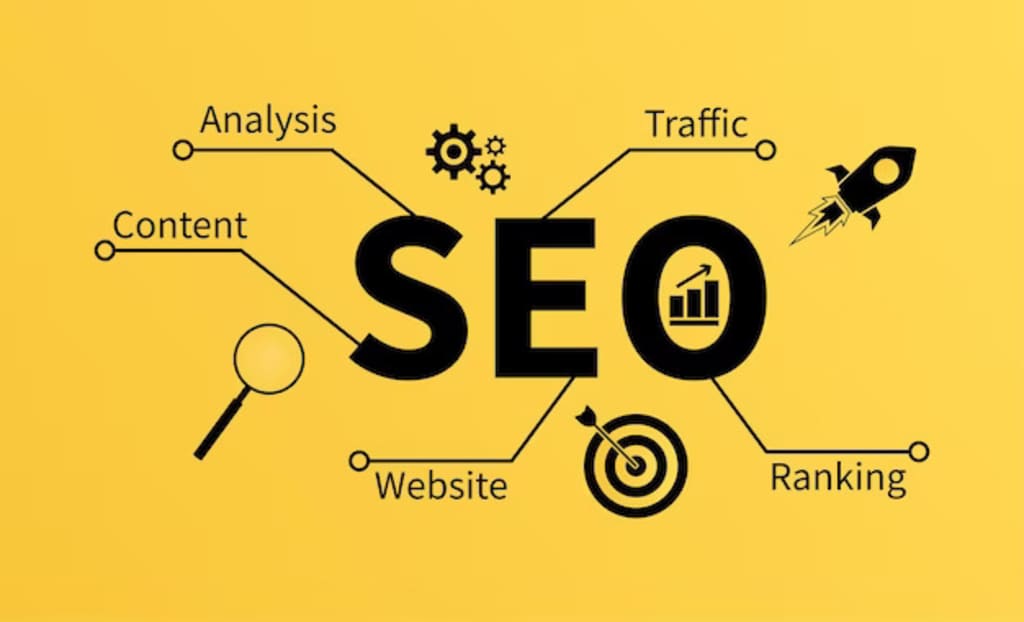
At present, most people rely on search engines to find the information they need, and Google is the most popular search engine out there. As a result, it is crucial to ensure that your website is optimized for Google's algorithms to improve your visibility and drive more traffic to your website.
When it comes to optimizing your website for search engines, content optimization is one of the essential tasks you need to focus on. With content optimization, you can ensure that your website's content is relevant and provides value to your target audience. In this article, we will share tips and best practices for content optimization to help you outrank your competition.
Conduct Keyword Research
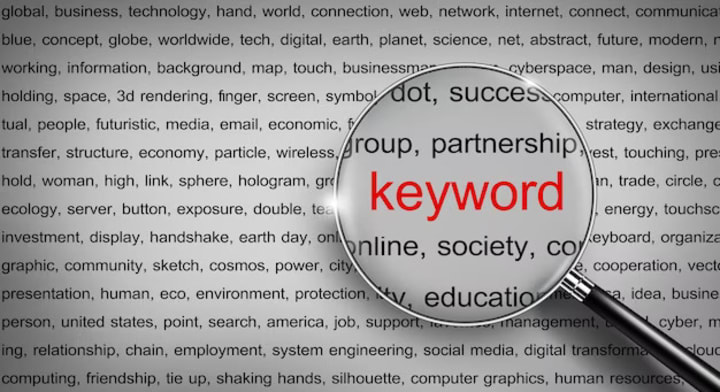
The first step in content optimization for SEO is conducting keyword research. Keyword research is the process of identifying the words and phrases your target audience is using to search for the products or services you offer.
To conduct keyword research, you can use various tools such as Google Keyword Planner, Ahrefs, Moz, SEMrush, and others. These tools will help you identify relevant keywords, their search volume, competition, and other metrics that will help you choose the right keywords for your content.
Optimize Title and Meta Descriptions
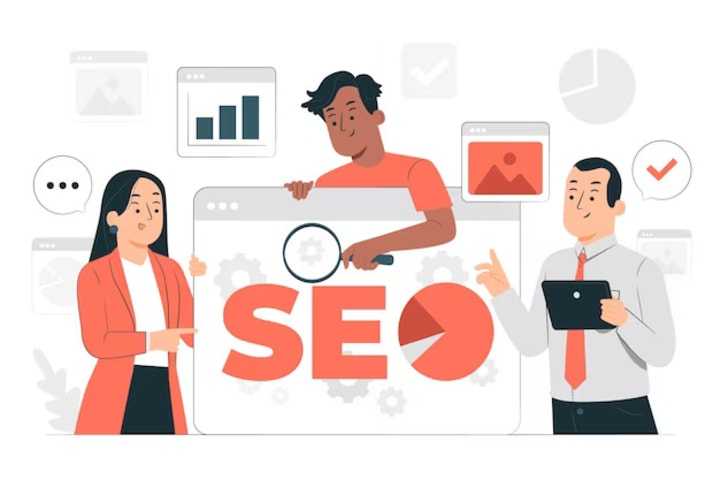
Once you have identified the relevant keywords for your content, the next step is to optimize your title and meta descriptions. These elements play a significant role in telling both Google and your audience what your content is all about.
Your title tag should be less than 60 characters and should include the primary keyword. Additionally, the meta description should be less than 160 characters and should include a compelling call-to-action to encourage clicks. By optimizing these elements, you can improve your click-through rates and ultimately your rankings.
Use Header Tags
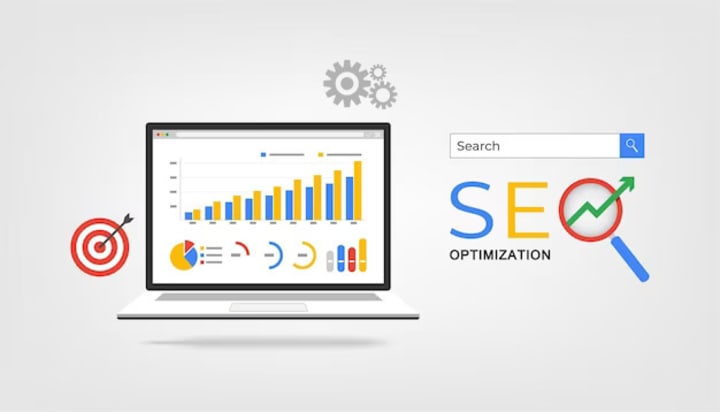
Header tags (H1, H2, H3, etc.) are used to structure your content and make it easy to read for both your audience and search engines. Header tags help Google understand the hierarchy of your content, and it is essential to use them correctly.
Your primary keyword should be included in your H1 tag, while H2 and H3 tags should be used to structure your content and include secondary and tertiary keywords where appropriate.
Optimize Content for Readability

Content readability is an essential factor that affects your website's user experience and your search engine rankings. Your content should be easy to read, scannable, and should use short paragraphs, subheadings, bullet points, and other elements to break up the text.
Additionally, you should use a clear and concise writing style that is easy to understand, avoid technical jargon, and use simple language that your audience can relate to.
Use Internal and External Links

Internal and external linking is an essential aspect of content optimization for SEO. Internal linking refers to linking to other pages on your website, while external linking refers to linking to other authoritative websites in your niche.
Internal linking helps to establish a hierarchy for your content, distribute link juice, and improve the user experience by providing additional information. On the other hand, external linking helps to establish credibility, provide additional value to your audience, and improves your website's authority.
Optimize Your Images
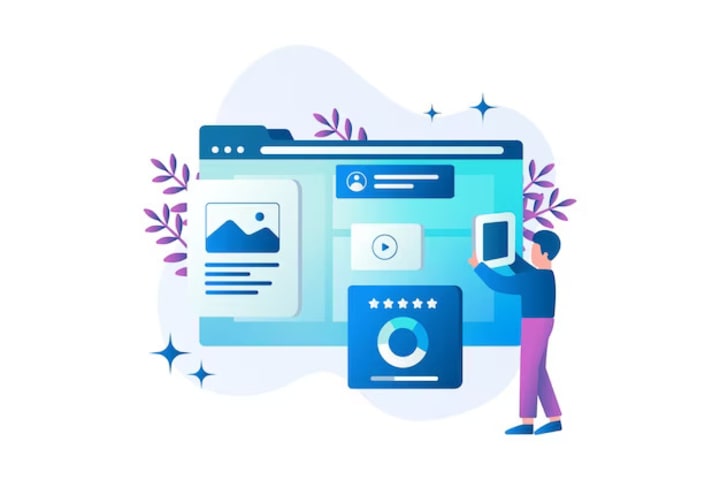
Images are an essential aspect of your website's user experience, and it is crucial to optimize them for SEO. To optimize your images, you should use descriptive file names, include alt text that describes the image, and compress your images to improve page speed.
Additionally, you should ensure that your images are relevant to your content and provide additional value to your audience.
Focus on User Experience

Finally, the most crucial aspect of content optimization for SEO is to focus on user experience. Your content should provide value to your audience, be easy to read, and encourage engagement.
In conclusion, content optimization is an essential aspect of SEO that can significantly impact your website's ranking on search engines. By following the tips and strategies discussed in this article, you can improve your content's visibility, relevance, and usefulness to your target audience.
Remember to conduct thorough keyword research, use compelling titles and descriptions, structure your content for readability and engagement, and incorporate multimedia elements to enhance your content's appeal.
Regularly monitoring your website's performance, analyzing user engagement metrics, and refining your content strategy accordingly is also crucial for achieving and maintaining optimal results.
By consistently implementing these content optimization techniques and staying up-to-date with the latest SEO trends and best practices, you can outrank your competitors and drive more traffic, leads, and revenue to your website.
About the Creator
Vikas Mishra
Your dreams shape the future, so stop wasting time and go to work!
Enjoyed the story? Support the Creator.
Subscribe for free to receive all their stories in your feed.




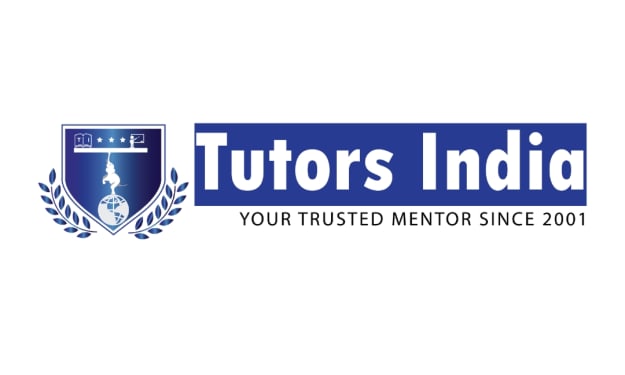

Comments
There are no comments for this story
Be the first to respond and start the conversation.